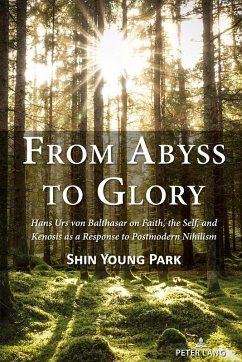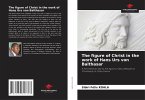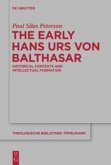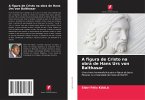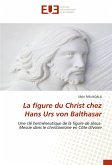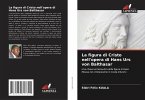This book constructively proposes that the work of Hans Urs von Balthasar is a credible alternative to the epistemological and ethical concerns of postmodernism, which arose from nineteenth-century nihilism and continues in contemporary thought and culture. It critically examines postmodern efforts to reclaim "faith," the "self " vis-à-vis the divine, and "kenosis" by revisiting and reframing the thinking of postmodern theorists (Nietzsche, Heidegger, Lyotard, Derrida, Vattimo) within von Balthasar's narrative of theological aesthetics and ethics.
The heart of the author's theological alternative to postmodernism is the Gestalt Christi, through which von Balthasar strives to restore the connection between the beautiful and the transcendental, faith and ethics, and ultimately the human and the divine to take back the very ground and source of human existence in response to the postmodern nihilism we face today. This is an important study for all Christians who are in dialogue with postmodern (Continental) philosophy, and it is especially valuable for von Balthasar scholars.
The heart of the author's theological alternative to postmodernism is the Gestalt Christi, through which von Balthasar strives to restore the connection between the beautiful and the transcendental, faith and ethics, and ultimately the human and the divine to take back the very ground and source of human existence in response to the postmodern nihilism we face today. This is an important study for all Christians who are in dialogue with postmodern (Continental) philosophy, and it is especially valuable for von Balthasar scholars.
This book is an important proposal of how to open up a fresh encounter with Christian revelation to a contemporary, postmodern, and skeptical mind. Whatever the legitimate concerns and questions of the contemporary mind, there is a danger that postmodern thought fragments and dissolves the self and the other. In response, this book proposes that beauty and the God of beauty can gather the self into a Gestalt that turns out to be the Gestalt of Christ. The combination of the theological aesthetics of Hans Urs von Balthasar with the contemporary "phenomenology of the other" is a new and creative endeavor of constructive theology that can make plausible that salvation is offered in this Gestalt - a salvation that the postmodern soul consciously or unconsciously seeks. Deeply rooted in the history of thought, Shin Young Park's book is a rich and appealing work, promising to open up new conversations. Anselm Ramelow, O.P. Professor of Philosophy, Graduate Theological Union and Dominican School of Philosophy and Theology, Berkeley Shin Young Park provides an impressive response to contemporary nihilism. In this ambitious study, Park demonstrates an ability for close and accurate exposition. She persuasively presents Balthasar's Gestalt Christi-self-surrendering love-as a solution to the Nietzschean and Heideggerian rejection of metaphysics and to the Kantian understanding of the 'sublime' as separate from 'beauty.' Park displays the fruitfulness of constructive philosophical theology in a Balthasarian key. Matthew Levering James N. Jr. and Mary D. Perry Chair of Theology, Mundelein Seminary

